Discover 9 hidden attractions, cool sights, and unusual things to do in Warminster (United Kingdom). Don't miss out on these must-see attractions: Longleat, Longleat Safari Park, and Warminster Town Park. Also, be sure to include St Denys' Church in your itinerary.
Below, you can find the list of the most amazing places you should visit in Warminster (England).
Table of Contents
Longleat
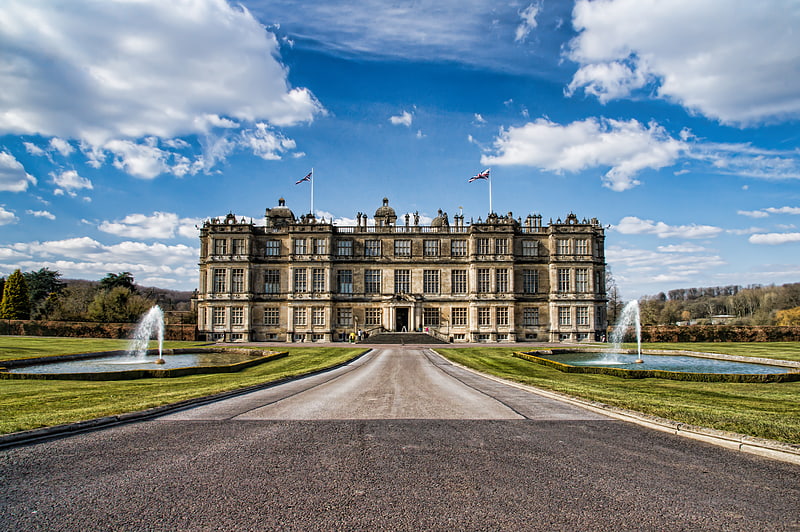
Stately home in England. Longleat is an English stately home and the seat of the Marquesses of Bath. A leading and early example of the Elizabethan prodigy house, it is adjacent to the village of Horningsham and near the towns of Warminster and Westbury in Wiltshire, and Frome in Somerset.
The Grade I listed house is set in 1,000 acres (400 ha) of parkland landscaped by Capability Brown, with 4,000 acres (1,600 ha) of let farmland and 4,000 acres (1,600 ha) of woodland, which includes a Center Parcs holiday village. It was the first stately home to open to the public, and the Longleat estate has the first safari park outside Africa and other attractions including a hedge maze.
The house was built by Sir John Thynne and designed mainly by Robert Smythson, after Longleat Priory was destroyed by fire in 1567. It took 12 years to complete and is widely regarded as one of the finest examples of Elizabethan architecture in Britain. It continues to be the seat of the Thynn family, who have held the title of Marquess of Bath since 1789; the eighth and present Marquess is Ceawlin Thynn.[1]
Longleat Safari Park

Safari park in England. Longleat Safari and Adventure Park in Wiltshire, England, was opened in 1966 as the world's first drive-through safari park outside Africa.[2]
Warminster Town Park
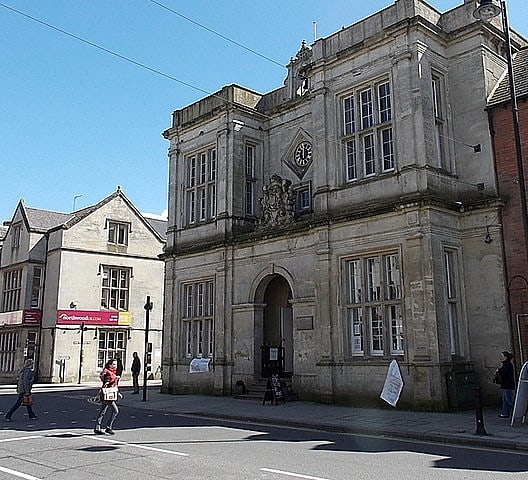
Warminster Town Hall is a former municipal building in the Market Place of Warminster, Wiltshire, England. The structure, which served as the headquarters of Warminster Urban District Council, is a Grade II listed building.[3]
St Denys' Church
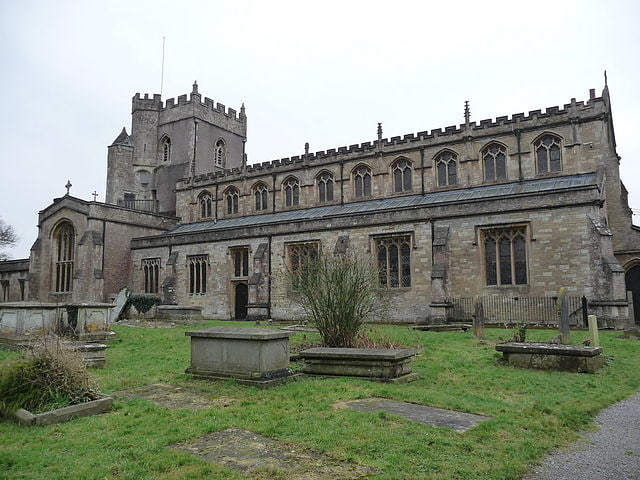
St Denys' Church is the parish church of the town of Warminster, Wiltshire, England, and is the town's oldest church. Begun in the 11th century, rebuilt in the 14th and restored in the 19th, it is a Grade II* listed building.[4]
Address: Church St, BA12 8PQ Warminster
Warminster Athenaeum
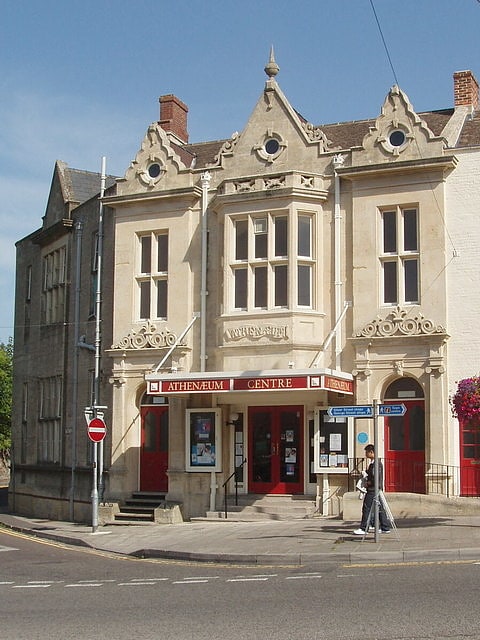
Theatre in Warminster, England. Warminster Athenaeum is a Victorian theatre in Warminster, Wiltshire, England, and a Grade II listed building. Built in Jacobean style in 1857/8 to designs by William Jervis Stent, it is held in trust on behalf of the residents of Warminster by a charitable trust and is Wiltshire’s oldest working theatre.
The building was originally a literary institution with a large lecture room, a reading room, classrooms and a library. Lectures, entertainment, plays and concerts were held. From 1895 the building was owned by the Urban District Council. In 1912, Albany Ward leased the auditorium and converted it into the Palace Cinema which was also used for plays, operas and music. It ran for 52 years as a cinema, presenting over 13,000 films, then was closed after falling into disrepair in December 1964.
The Athenaeum reopened after much restoration in 1969 as an Art Centre presenting an ambitious programme of arts; music, dance, cinema, plays, concerts and exhibitions. After falling into financial difficulty and liquidation, in February 1997, the building was rescued by a steering group who reformed the charity and reopened the building as The Athenaeum Centre for the Community in September 2000. The trust launched a restoration appeal, and by 2015 had already spent over £100,000 on the building, cleaning the facade, replacing the roof, and refurbishing the bar and function room. The Centre continues to host shows, plays, concerts, lectures and films.[5]
Address: 18-20 High Street, BA12 9AE Warminster
Wessex MS Therapy Centre

Bridge
Address: The Avenue, Warminster
Christ Church
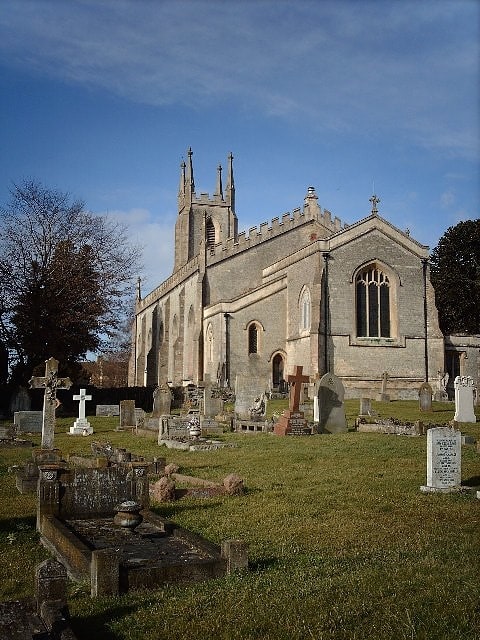
Church building in Warminster, England. Christ Church is an Anglican church building serving a parish on the southern side of Warminster, Wiltshire, England.[6]
Address: Weymouth St, BA12 9NS Warminster
Portway House

Portway House is a Grade I listed town house in Warminster, Wiltshire, England.
The house was built in 1722 for wealthy clothier Edward Middlecott, the estate (then called Newport) having been bought by his ancestor Richard Middlecott in stages between 1559 and 1568. It replaced Newport manor house, on land owned by the Mauduit family from the 13th to 15th centuries.
Built in Bath stone ashlar, the central seven-bay block has a basement and three storeys, and is flanked on both sides by two-storey wings which were probably added in the late 19th century.
The house was designated as Grade I listed in 1952; the 1760 ironwork screen and central gateway at the roadside are Grade II listed. Pevsner describes the house as "stately but rather bleak" but praises the ironwork.
It served as a dower house for Longleat from 1820 to 1920. In 1955 it was bought by Warminster Urban District Council for use as offices, and from 1958 housed the town's public library. The building was sold after the abolition of the council in 1978, and converted into apartments.[7]
St Boniface College
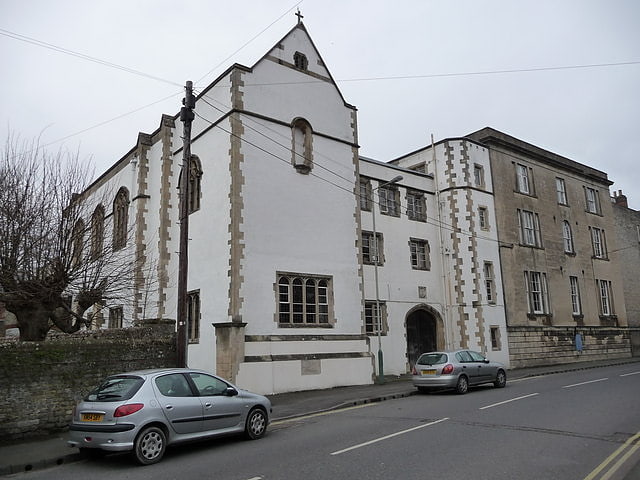
St Boniface College, Warminster, formerly St Boniface Missionary College, was an Anglican educational institution in the Wiltshire town of Warminster, England during the last third of the 19th century and the first two-thirds of the 20th.
It was founded in 1860 by the vicar of Warminster, James Erasmus Philipps, in a house on Church Road about 250m south of the parish church, St Denys'. At first it provided a place for young men without formal education to be trained for suitable employment, but soon narrowed its scope to train them specifically for missionary work. It gradually grew in size and by 1897 the foundation stone was laid for a permanent college, this being completed in 1901.
Two former students of the college were martyred in China during the Boxer Rising: Harry Vine Norman and Charles Robinson, who were murdered in 1900. Another, Frederick Day of Stratton St Margaret near Swindon was murdered in North China on 4 March 1912.
The college closed during both the First and Second World Wars, and was a postgraduate facility for King's College, London from 1948 until its eventual closure in 1969. The nearby Lord Weymouth's Grammar School then leased the buildings, and today they form part of Warminster School.
The buildings are in three phases, beginning in 1796 with the central three-storey structure, described by Pevsner as a "handsome house". To the right is the 1897–1901 extension, neo-Jacobean in dressed stone, decorated with ornate features such as gabled dormers bearing finials. In 1927 a further large L-shaped extension was built to the left, to designs of Sir Charles Nicholson. This part, which includes a chapel and library, is described by Historic England as "quite impressive Gothic".[8]